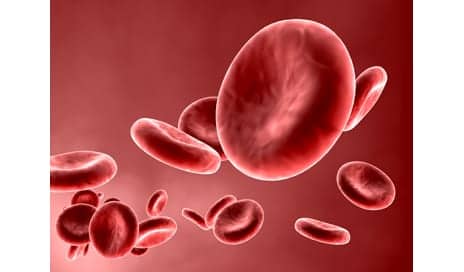Transplanting genetically modified umbilical cord blood cells to the site of a spinal cord injury may enhance post-traumatic spinal cord regeneration, a recent study suggests.
According to a media release from Kazan Federal University, two transgenes– vascular endothelial growth factor (VEGF) and glial cell-derived neurotrophic factor (GDNF)—are factors in the maintenance of viability of a number of different cell populations in the spinal cord, including the motor neurons.
VEGF stimulates neurogenesis and axonal growth as well as the rapid reproduction of astrocytes, neural stem, and Schwann cells. GDNF reduces apoptosis and tissue degeneration, supports expression of neurofilament protein, calcitonin gene-related peptide (CGRP), and growth-associated protein 43, the release explains.
In the study, conducted by researchers at Kazan Federal University and Kazan State Medical University, human umbilical cord blood cells were genetically modified to include VEGF and GDNF and were transplanted immediately after a rat contusion spinal cord injury.
The results suggest that, when transplanted immediately after the injury, the modified cells helped increase tissue sparing and numbers of regenerated axons, reduce glial scar formation, and promote behavioral recovery, per the release.
The study was published recently in PLOS ONE.
[Source(s): Kazan Federal University, Science Daily]





